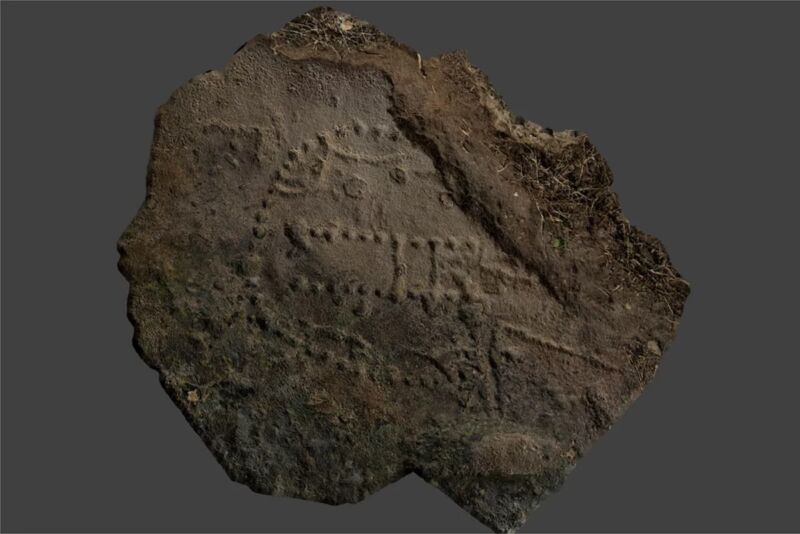- Регистрация
- 17 Февраль 2018
- Сообщения
- 25 396
- Лучшие ответы
- 0
- Баллы
- 2 093
Offline

Enlarge / The Fifty-Eight holes board from Çapmalı. (credit: W. Crist et al., 2024)
An ancient board game known as Hounds and Jackals has long been believed to have originated in Egypt. However, according to a paper published in the European Journal of Archaeology, a version of the game board found in present-day Azerbaijan might date back even earlier, suggesting that the game originated in Asia.
As previously reported, there is archaeological evidence for various kinds of board games from all over the world dating back millennia: Senet and Mehen in ancient Egypt, for example, or a strategy game called ludus latrunculorum ("game of mercenaries") favored by Roman legions. A 4,000-year-old board discovered last year at an archaeological site in Oman's Qumayrah Valley might be a precursor to an ancient Middle Eastern game known as the Royal Game of Ur (or the Game of Twenty Squares), a two-player game that may have been one of the precursors to backgammon (or was replaced in popularity by backgammon). Like backgammon, it's essentially a race game in which players compete to see who can move all their pieces along the board before their opponent.
Last year, archaeologists discovered a 500-year-old game board in the ruins of Ćmielów Castle in Poland. It was a two-person strategy board game called Mill, also known as Nine Men's Morris, Merels, or "cowboy checkers" in North America. The earliest-known Mill game board was found carved into the roofing slabs of an Egyptian temple at Kurna, which likely predates the Common Era. Historians believe it was well-known to the Romans, who may have learned of the game through trade routes.
Read 6 remaining paragraphs | Comments
